Using Kingstone with Children and Teens:
A Guide for Teachers and Librarians
THE BRAVE NEW WORLD OF GRAPHIC NOVELS!
Graphic novels continue to grow as a segment of publishing for both schools and libraries. It is a type of literature that can motivate kids to read. For educators, schools, and librarians they can be a valuable addition to library collections, curriculums, and classrooms. Don’t let the word “graphic” dissuade you. This format applies to format rather than category. Graphic novels contain sequential illustrations with accompanying text that tell a story and teach about a subject. They are longer and more complex than comic books. Did you know that some graphic novels are required reading at the university level? Most graphic novels are suitable for all ages, including middle aged children and up.
Kingstone Educational produces and distributes products for the educational market through our U.S. Comics imprint. We offer resources for schools teaching the Bible through our Kingstone Comics imprint. The most important thing about comics and graphic novels is that they get read – and remembered!
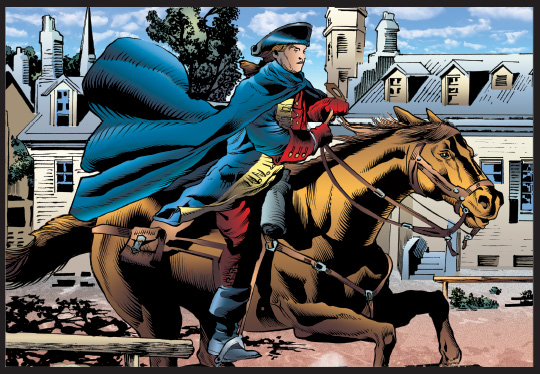
ARE GRAPHIC NOVELS REAL BOOKS?
Some parents or educators may be concerned that graphic novels don’t constitute “real reading” and prefer their students move on to traditional literature.
Graphic novels are linguistically appropriate reading material and demand many of the same skills needed for understanding traditional prose. Readers must actively engage in the process of decoding and comprehending a range of literary devices, including narrative structures, metaphor and symbolism, and point of view, as well as the use of puns and alliteration, intertextuality, and inference.
In short, comics and graphic novels are effective in developing readers!
GRAPHIC NOVELS IN CURRICULUM
Comics and graphic novels are also beneficial for integrating into various areas of curriculum. Teachers report that graphic novels can be useful in engaging students to critically examine aspects of history, science, literature and art. These products increase appeal in all areas of learning!
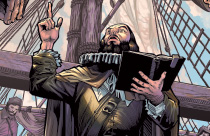
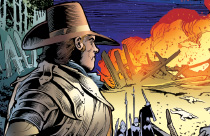
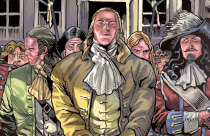
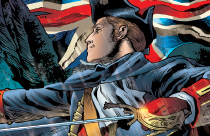
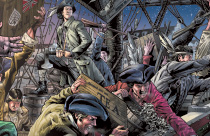
Why Comics?
“Of all of our inventions for mass communication, pictures still speak the most universally understood language.” - Walt Disney
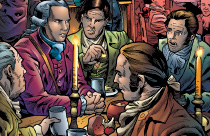
CONNECTING TO READERS
As we seek to explain invaluable American and femocratic principles - it is vital that we not only communicate it, but we communicate it in a way that everyone can understand.
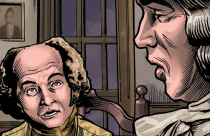
READER ENGAGEMENT
Comics impart meaning through the reader’s active engagement with written language and juxtaposed sequential images. Readers must actively extract meaning from the interplay of text and images, as well as by filling in the gaps between panels.
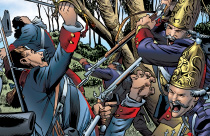
EFFICIENCY
The comic format conveys large amounts of information quickly. In a relatively brief span of time, a graphic novel reader could discover the major themes and stories of the subject area. Studies show that we can also process visual images multiple times faster than text.
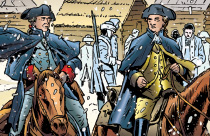
RELUCTANT READERS
Intricate and well-designed comic art can be more compelling for the reluctant reader to pick up and peruse. Full textbooks with difficult words, sayings and names, can be intimidating to a reluctant
reader.

EFFECTIVENESS
Neurological experiments have shown that we process text and images in different areas of the brain. This is known as the Dual-Coding Theory of Cognition. These experiments also indicate that pairing an image with text leads to increased memory retention for both.
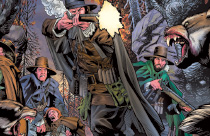
RETENTION
Processing text and images together leads to better recall and transfer of learning. We remember visuals better because they are processed in our long-term memory. With visuals, students not only learn the material faster, they learn it better.
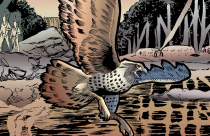
MOTIVATION
Graphic novels can be a powerful attraction and motivation for kids to really engage and read, especially boys. Graphic novels, with their plots and storytelling, can be used by both reluctant and advanced readers, and as an avenue to anyone who finds large textbooks intimidating.
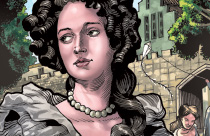
SPECIAL NEEDS STUDENTS
Comic books and graphic novels can dramatically improve reading development for students having difficulty with language acquisition, such as struggling readers, special needs students, and English-language learners.
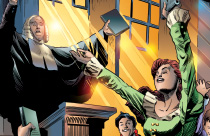
EDUCATIONAL
Graphic novels and comics add an enjoyment factor to education. Libraries have become big buyers of graphic novels as they seek to reengage next generation readers. Schools and colleges are growing utilizers of graphic novels, and even West Point military academy has a required graphic novel for reading.
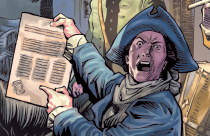
READING SKILLS
Graphic novels are linguistically appropriate reading material that require readers to be actively engaged in the process of decoding and comprehending literary devices including metaphor, symbolism, point of view, puns and alliteration, and inference.
EDUCATIONAL SUPPLEMENT
Comics make an excellent supplement to all educational curriculums.
For more information, contact [email protected] - (352) 728-1414.
